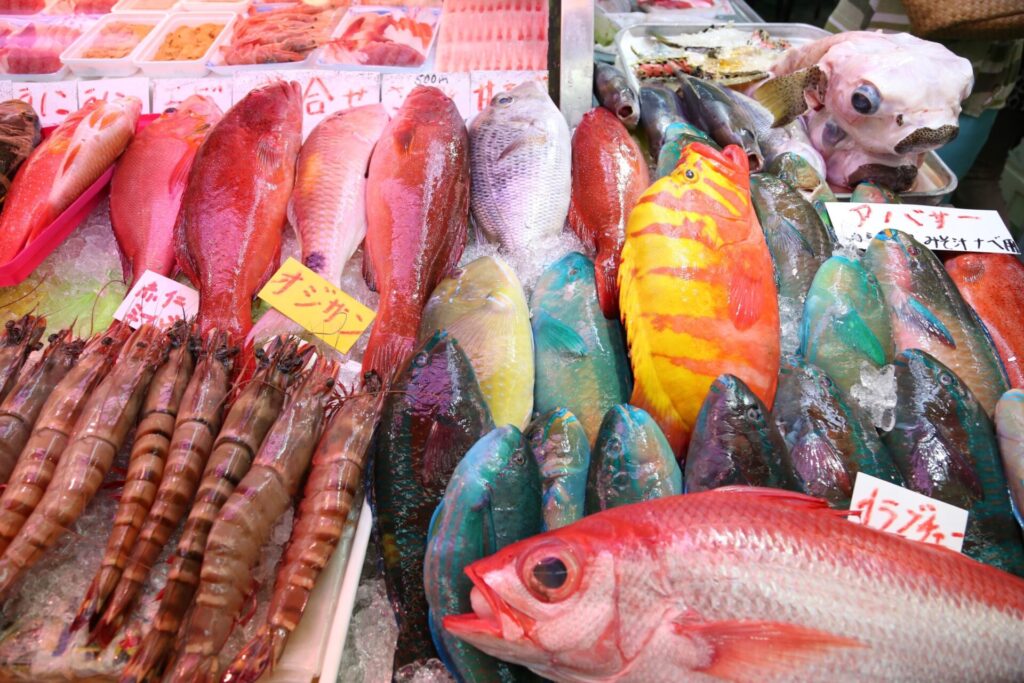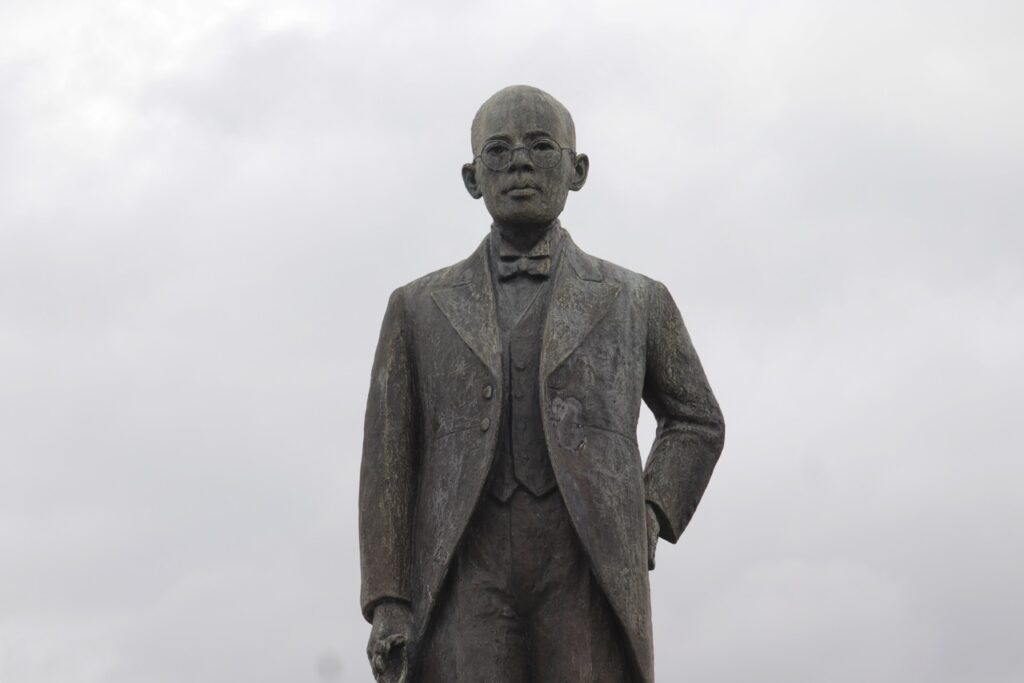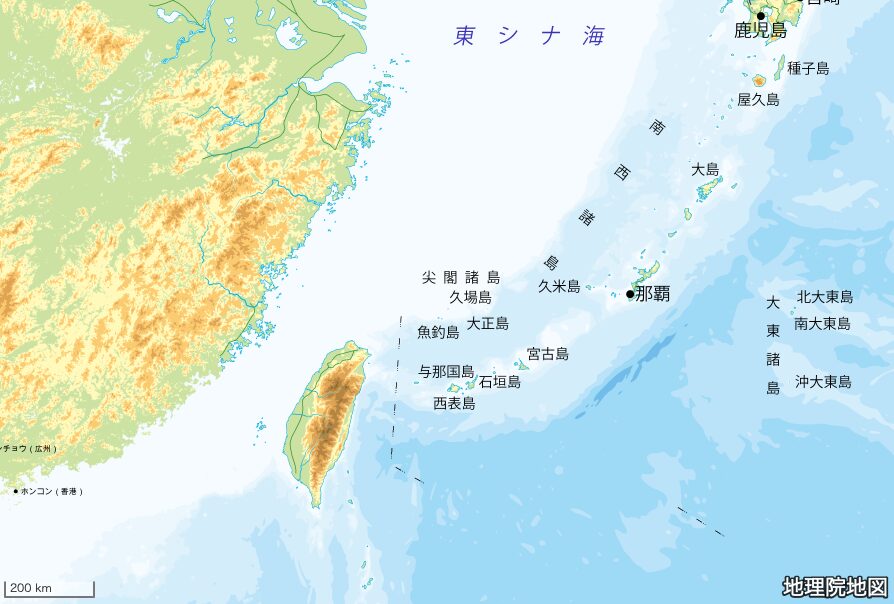San

Rampant plants are believed to have the power to drive away the yanamun (evil spirits and demons.) A typical plant of that kind is the Japanese plume grass1. They are often used in odd numbers, cut off from the roots, and tied at the cusp, as a charm to expel the yanamun. This talisman is called “san,” or “gēn.” The term differs depending on the region, such as “sai” in Kudaka Island, or “māta” in Miyaguni of Miyako Island.
Examples of their use: placing them on top of prepared offerings for the gods (liquor and food) during preservation; setting it in the newly built empty tomb; purifying the inside of a tomb opened for a funeral2; putting it on top of a coffin during the funeral; using it for the mabui-kome3; set it up as a Keep Out sign to a field or river. During events such as the Yashichinu Ugwan in February and August of the lunar calendar, san is placed in the four corners of the estate, the barn, the bathroom, and the four corners of the residence. The plume grass to be struck on buildings is usually bundled with mulberry and untied. This set of plume grass and mulberry is called “shiba” (brushwood,) and in some regions, to strike this is called “shiba-sashi.” Mulberry is also a fertile plant full of life force. The number of san for the Yashichinu Ugwan is not necessarily fixed, and in some places, it is believed that the more they use, the more powerful they become.
In Miyaguni of Miyako Island, the tamasu (soul) of a weakened, such as the sick, is said to have slipped out of its body and gone to the beach, an opening to the other world. In such a case, a ritual is conducted to bring back the soul. The priestess purifies the area and scoops up the soul with a māta (the regional name for san,) then carries it on her back to return to the owner’s home without turning back.
As a charm, san is always used when a yanamun must be expelled or to keep a sacred place sacred.
Editor’s Note:
- Locally called the Gushichi.
- In Okinawa, turtleback tombs are used traditionally. This tomb preserves the ashes of all of the paternal relatives. Hence, the tomb has to be opened to inter a new member.
- “Mabui-kome” (to put in a mabui) – “Mabui” is the soul of a living person. If someone became absentminded or stupefied after a great shock or surprise, it is said that he/she dropped his/her mabui. Then, a ritual –“mabui-kome”—is conducted to cure that person.








































































































































































































































